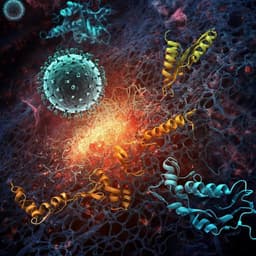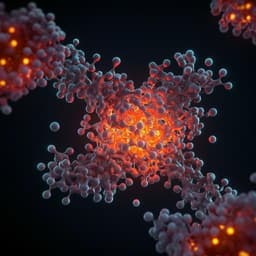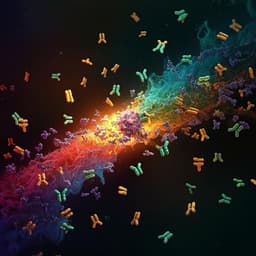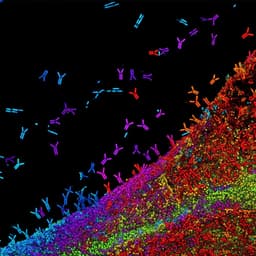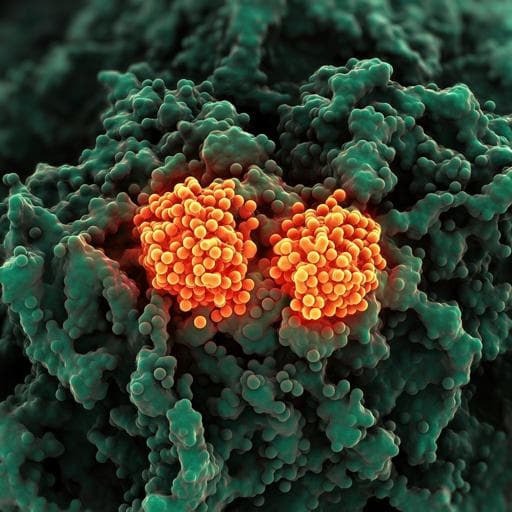
Medicine and Health
Two linear epitopes on the SARS-CoV-2 spike protein that elicit neutralizing antibodies in COVID-19 patients
C. M. Poh, G. Carissimo, et al.
This groundbreaking research identifies two immunodominant regions on the SARS-CoV-2 spike glycoprotein, revealing one region as SARS-CoV-2 specific near the receptor-binding domain and another as a potential pan-SARS target. Conducted by a team of experts, this study enhances our understanding of antibody-mediated neutralization, paving the way for improved therapies and vaccines.
~3 min • Beginner • English
Related Publications
Explore these studies to deepen your understanding of the subject.



